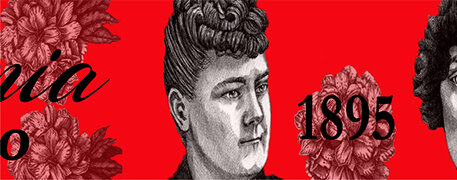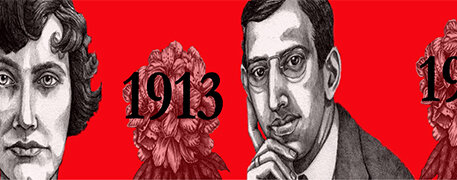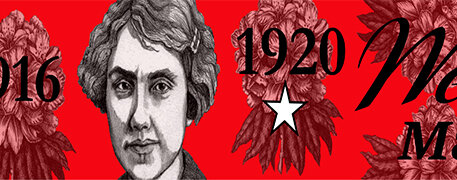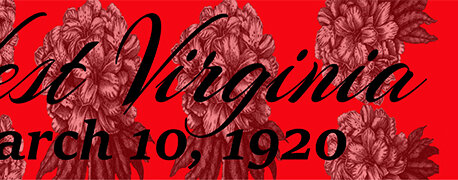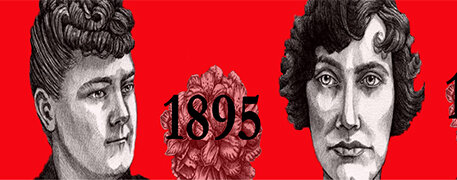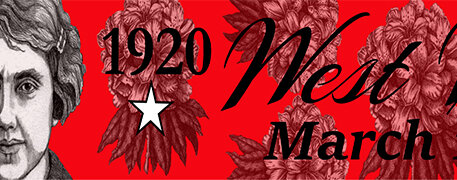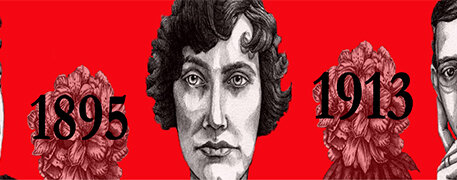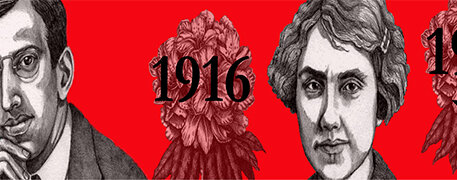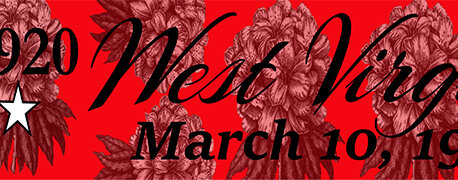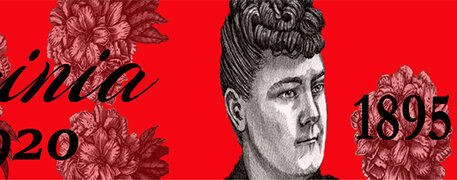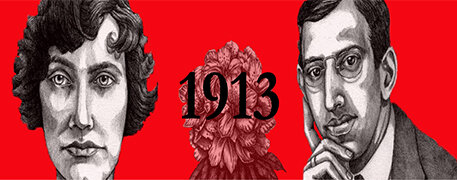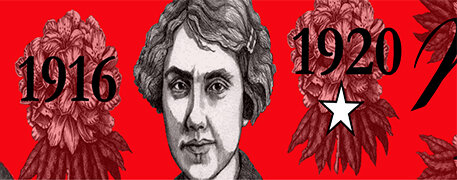34th State to Ratify | West Virginia | Savannah Schroll Guz, Artist
Her Flag Artist, Savannah Schroll Guz
West Virginia’s stripe depicts four figures instrumental to the state’s ratification of the 19th Amendment.
The first portrait, at left, is of Preston County-raised Dr. Harriet B. Jones, the state’s first licensed female physician and the first woman elected to the West Virginia House of Delegates. The second portrait is Marion County-born Lenna Lowe Yost, president of the Equal Suffrage Association and the West Virginia Women’s Christian Temperance Union as well as eventual director of the Women’s Division of the national Republican Party. The third portrait represents Wheeling-born Senator Jesse A. Bloch, who raced home from a California trip to break the 14-14 deadlock in the West Virginia Senate, thus compelling ratification. The last portrait depicts Taylor County-raised Ada Enid Haldeman Ford, founder of both the Taylor County Women’s Suffrage League and the first Democratic Women’s Committee as well as the first woman to be elected to the Democratic State Executive Committee.
The years indicated on the stripe are watershed points in state suffrage history. The first, 1895, is the year in which the inaugural women’s suffrage convention was held in Grafton, West Virginia, and the point at which many suffragette groups were founded. In 1913, the West Virginia House of Delegates attempted to pass a statewide women’s suffrage amendment, but it failed to receive the two-thirds majority required. The year 1916 saw an unsuccessful public referendum on women’s suffrage, which was rejected by the yet all-male electorate. A star appears on the year 1920, when Senator Bloch cast the deciding vote in favor of 19th Amendment ratification.
Finally, a rhododendron, West Virginia’s state flower, is self-referential but also—because the plant flowers in clusters—symbolizes the great blossoming of women’s rights. It is depicted in ascendance.

